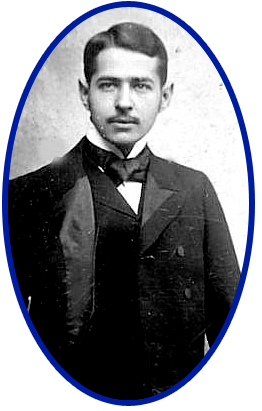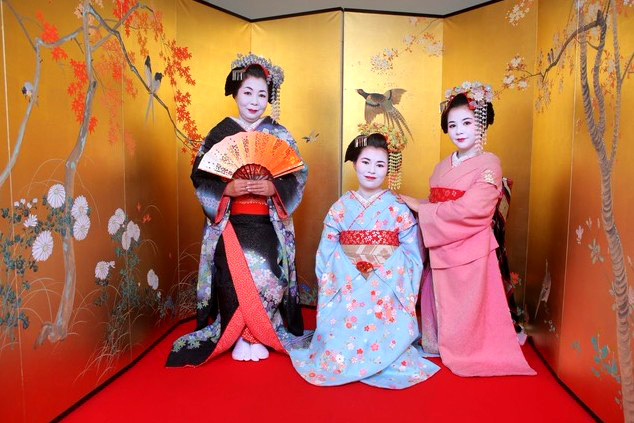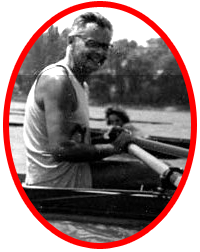|
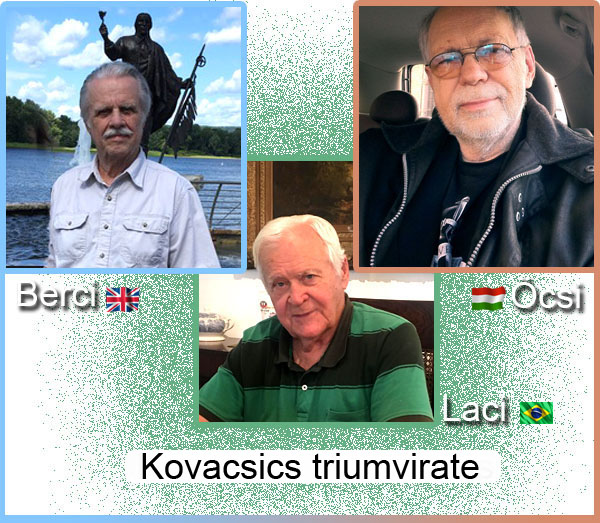
In February 2021, I received unexpected news from America from my close relative Berci Kovacsics, whom I knew existed but never met. We were very happy to meet and started frequent correspondence. I have been in touch with my brother László, whom Berci knew about but had never met, so I gave him the address of László, who had been living in Brazil. They started to get to know each other. This how our Triumvirate was born, the international association of the three oldest Kovacsics..
|
|
|
|||||||
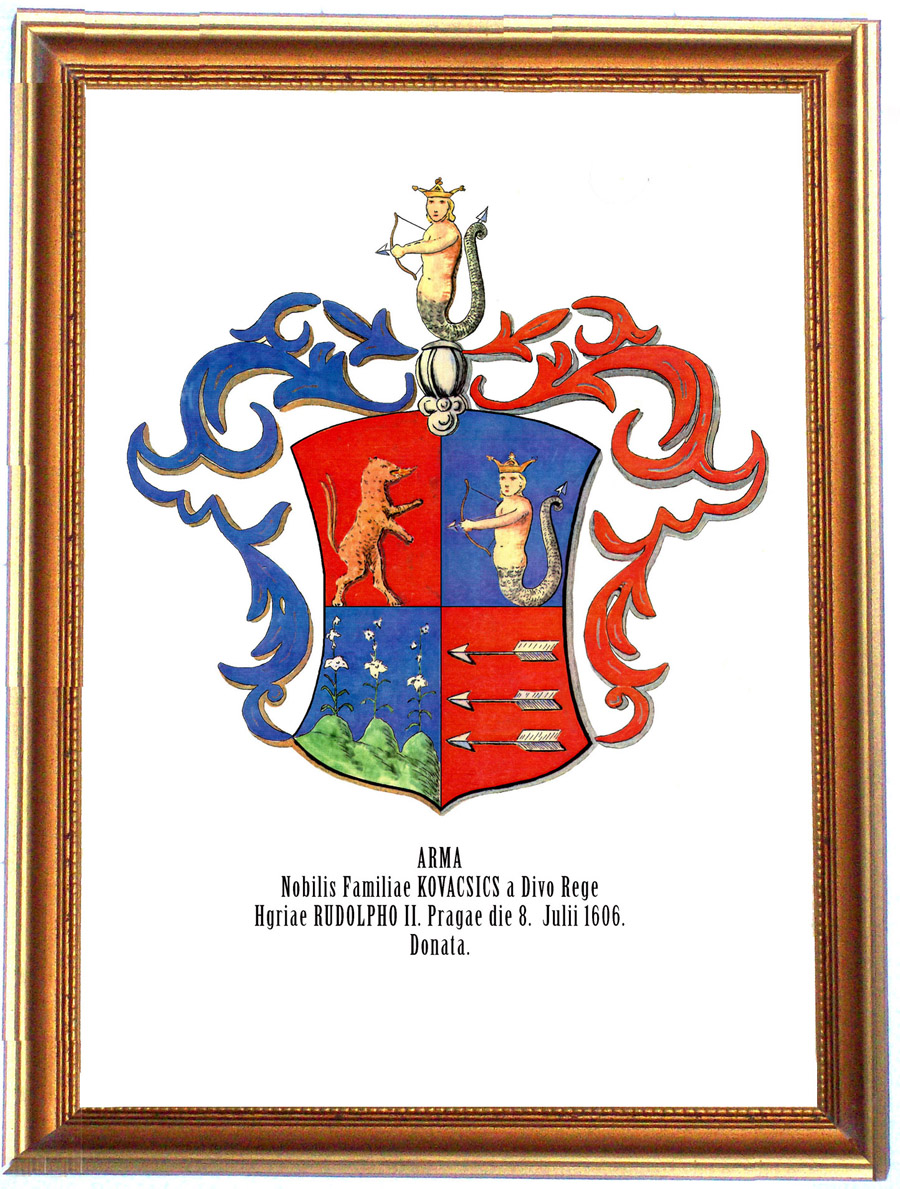
Our family received the title of nobility in 1606 from I. Rudolf, King of Hungary, who was at the same time the reigning Holy Roman Emperor. He was from the House of Habsburg, a dynasty that was at the height of its power in Central Europe, with its seat temporarily in Rudolf's favorite city, Prague. The year 1606 was the year of the Treaty of Zsitvatőrők, when the Ottoman Turks, the main rival of the Habsburgs, began a slow decline. A flash point of the two powers was Hungary's southern flank, present-day Croatia, the land that the Kovachich family called their home for generations and where they fought for decades the invading Turks. Granting the title of nobility in the year of the historic treaty of Zsitvatőrők was undoubtedly a recognition of Kovachich family's steadfast defense of the land.
The Kovachich family's first home in Hungary was in the region called Bácska, the southernmost area of Hungary proper between the rivers Duna and Tisza. The family had established a residence in the town of Kula, south of the regional capital of Szabadka (Subotica by its Serbian name) The centuries-long Turkish threat gradually abated by the end of the 18. century and the family took up peaceful occupations, the family patriarch, Kovachich Gáspár, devoted his time to matters of the civilian administration and with this a tradition has evolved that men of the next generations continued.
Since moving to Bácska, our family had married into the Antunovits, Delimanich, Vojnits and the baronial Rudits families as shown by our pictorial family tree, families that lived in and around Szabadka, Bácsalmás, Kula and Hodsag. The long-time presence of the Kovachich family is attested be the family burial vault in the cemetery of Kula.
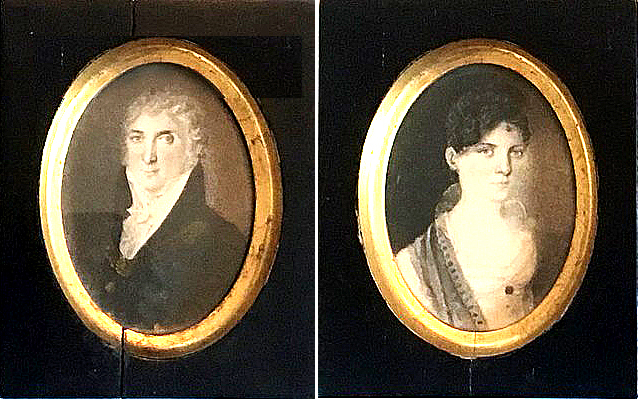
| Gáspár Kovachich | Johanna Delimanich | |
|---|---|---|
| 1776-1829 | 1788-1849 |
Gáspár's first-born son was Gyula, and since he is the first son with that name in four successive generation, he is referred to as Gyula I
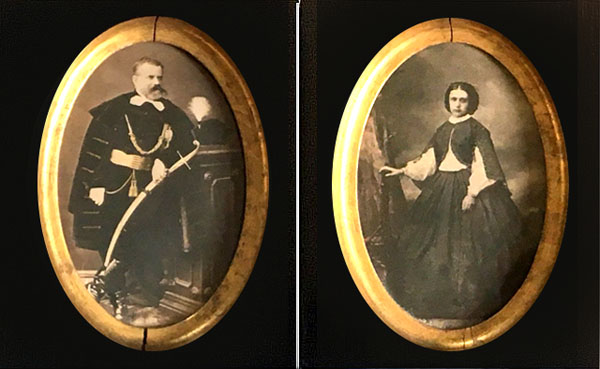
| Gyula I Kovacsics | Matild Wurmb | |
|---|---|---|
| 1816-1882 | 1830-1852 |
Gyula I Kovacsics spent several years trying to locate the original document of 1606 ennobling the Kovachich family. It was lost or destroyed during the centuries-long conflict with the Ozman Turks that devastated their homeland. Realizing the futility of the effort, Gyula I turned to the Court of Emperor Franz Joseph in Vienna asking for confirmation of the family's status as a member of the nobility. The petition, a copy which is preserved in the Kovacsics library in Budapest, and was submitted in July of 1866, was favorably received by the Emperor. Gyula I and his lawful descendents also received the "rethati" predicatum, From that time on our, family name was going to be spelled according to the Hungarian (rather than the slavic) alphabet, attesting the family's loyalty to the Hungarian nation, which they had expressed for generations with their firm stand against the turkish invasion. From that time on we were the rétháti Kovacsics family.
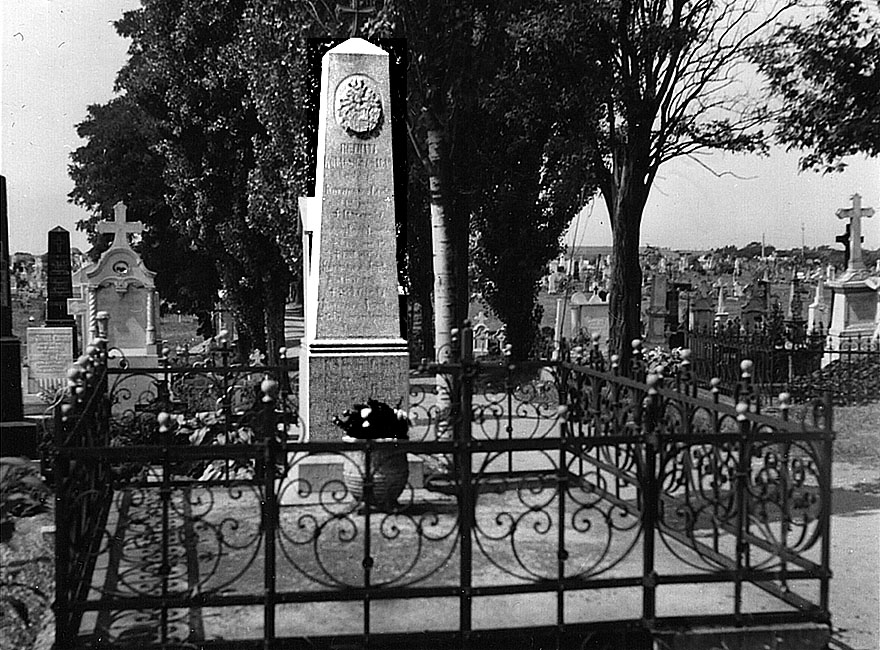
Gyula I Kovacsics was born in Kula, became a lawyer and worked as prosecutor, a judge and as a member of the Treasury. At the latter part of his life he became the legal advisor to count Zselensky of Újarad. The Zselensky mansion is well maintained and can be visited as a museum. After Gyula I passed away in Ujarad, his widow remained in the residence until her death in 1901.
Gyula I became a widower twice and married three times. His first wife Paal Amalia and his first son died during childbirth. His second wife, Wurmb Matild, died under similar circumstances, leaving behind three young children, one of whom was Gyula II. The third wife was Matild's sister, Wurmb Leopoldina.
The first half of the 19. century was a time of national awakening in Hungary and elsewhere in Europe, challenging the hegemony of autocratic rulers, a movement that was inspired by the French Revolution and the American War of Independence. Spurred by these ideals, Hunngarians embarked on the 1848-49 patriotic War of Independence to free the country from Austrian domination, and our family gave the ultimate sacrifice for the cause in young Antunovits Kálmán (1832-1848), whose sister was Antunovits Maria seen in our pictorial gallery of ancestors. He died in the battle of Komárom at age 16. Another victim of the battle of Komarom was Egressy Beni, whose brother, Egressy Gábor, is also represented in our ancestral gallery. Beni is the composer of "Szózat", which is second only to the Anthem as Hungary's national song.
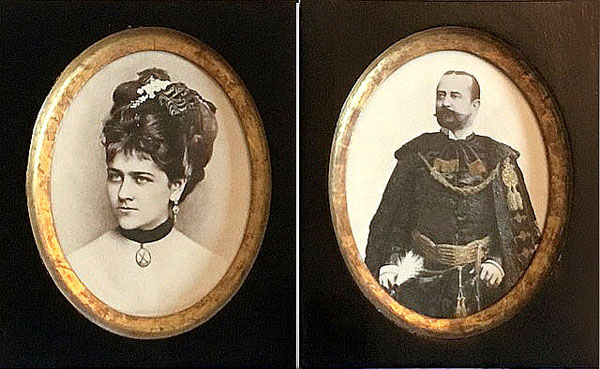
| Izebella Kovacsics | Gyula II Kovacsics | |
|---|---|---|
| 1857-1917 | 1849-1930 |
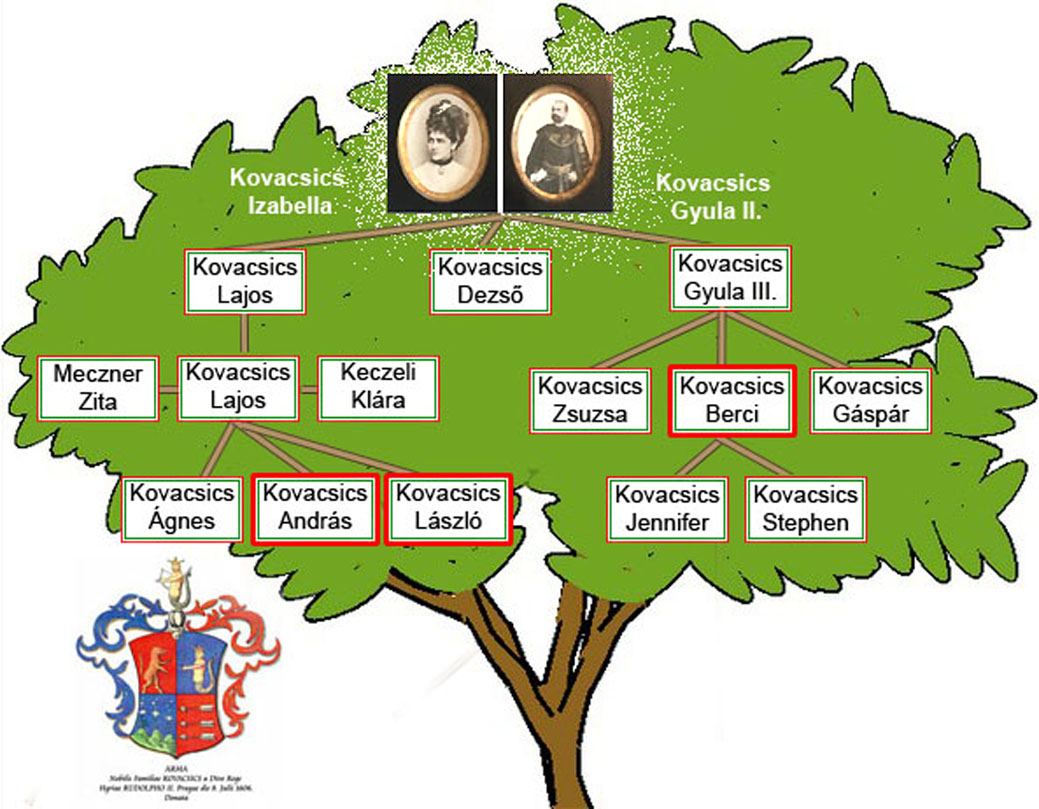
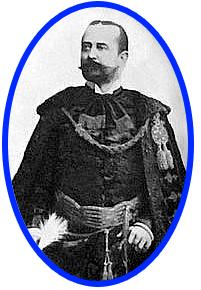
Upon completion of this mission he took residence in the city of Temesvár, the regional capital busy with civic activities. He was appointed to head the regional orphanages and the newly created Red Cross organization. His wife, Izabella was also very active in the organizational matters of the Red Cross and the Hospitals. This were important activities because Temesvar was the home of the Southern Military District that became especially busy when World War I broke out.
The family lived on Main Square ot Temesvár in a building that was called modern by contemporary standards, offering amenities such as runing water and electricity. Main Square had the Cathedral on one side, the Bishop's Palace on the other, the Palace of Eugen Savoyai, the commander of the armies that freed the city from Turkish occupation, the fourth side was occupied by the baroque City Hall.
Gyula II had eight children, with five of them reaching adulthood, Lajos, Dezső and Gyula III, Magda and Elicy. The three boys went to the "Piarists", a parochial school with the highest standard. During vacations the family retreated to their summer home in Györök, a grape growing area by the Maros, a river that originated in the mountains of Transylvania.
Although the elder Gyula retired in 1911, he was called to duty during World War I (1914-1918) to deal with the war-time food shortages which required to relocate to the nearby city of Arad just north of the Maros River. It was during that stay that his beloved wife passed on and was interred in the family vault of Ujarad. During his final decades the southern part of Hungary was annexed by Romania as a result of the Trianon Treaty that ended World War I.
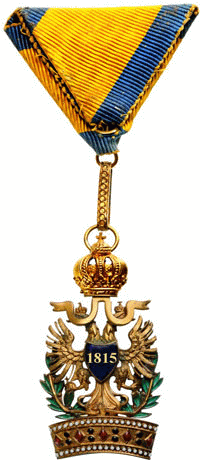 |
|
|---|---|
At the timeof his retireement from public service Gyula II received the highest civilian decoration of the Austro-Hungarian Monarchy the Imperial Order of the Iron Crown. |
|
The Iron Crown has its origin in early Christianity. It is alleged that one of the nails of the Crucifix was preserved and passed down to Constantine the Great (272-337), the first Christian Emperor of Rome. |
|
The nail, as a holy relic, was incorporated into the crown of the Lombard Queen Theodelinda as an iron circlet under the silver frame, hence the name the Iron Crown. This crown was used at the coronation of the Holy Roman Emperors and later at the coronation of Napoleon as Emperor as well. |
|
When Napoleon Bonaparte conquered Italy in 1805 he crowned himself with the Iron Crown of the Lombards and established the Order of the Iron Crown. |
|
After Napoleon's defeat Emperor Francis I of Austria re-established the Order as the Austrian Imperial Order of the Iron Crown. |
|
Gyula II had five children, Izabella,Lajos, Dezső, Magda and Gyula III (my father)
Lajos I (1881-1916) was the first born son of Gyula II, and is designated as such because his son bore the same given name. Like his brothers, he graduated from the Piarists of Temesvár, as his father, he was also trained inlaw and held a position in the regional Board of Orphans.
He published a monograph about Antunovits Kálmán, his maternal grandmother's brother who was killed as a volunteer in the War of Independence at the age of 16. The publication is preserved in the Kovacsics library in Bethlen Udvar. He married Szury Ludovika, had two children, Lajos II and Mädy. Littla is known about the circumstances of his early death, except that he died in Budapest and was laid to rest in the family crypt of Újarad.
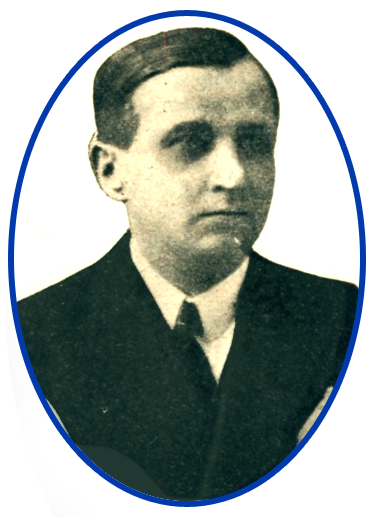
Dezső Kovacsics (1885-1938) had an eventful life. After finishing his studies in law at the Franz Joseph University in the Transylvanian city of Kolozsvar, he joined the Ministry of Internal Affairs in Budapest. A few years later, in 1919, the Communists took advantage of the post-war turmoil in the country and seized power. This was an alarming development in the wake of the Russian Revolution occuring only a short time earlierand Hungary's recent defeat in World War I. Dezso and his colleagues went underground to organize a counter coup against the Hungarian Communists, aided in their effort by the cadets of the Military Academy, but they were betrayed. Dezső was held captive, mercilessly tortured while interrogated and only General Martinelli of the Italian mission was able to save his life. Dezső was released, but his right hand remained maimed for life as a result of his torture. Soon thereafter the poorly organized Communist regime collapsed under pressure by the anticommunist forces.
Dezső returned to the reorganized Ministry of Internal Affairs and was soon appointed to an important position as a "főispán" or Chief Executive of one of the administrative regions of Hungary called "vármegye". He thus became the "főispán" of Békés "varmegye". The area is part of the Great Plains, with rapidly flowing rivers descending from the Transiylvanian mountains that often caused floods. One of the biggest floods took place in 1925, soon after Dezső took office, causing major damages to the region testing Dezső's caliber as the Chief Executive. His main effort was concentrated on organizing life saving missions and obtaining financial assistance for rebuilding. As a reward for his sucsessful efforts the town of Veszto renamed a portion of the town as Kovacsics-town. The flood of 1925 and Dezső's role in rebuilding the town of Vesztő is remembered almost 80 years later, in 2006, by a newspaper article, and in 2015 by an exhibition in the local library. Both can be seen by a click on the crest of Vesztő
Dezső did not stay in politics, he joined a grain distributing company in the town of Szolnok but his health started to deteriorate prematurely, probably as a result of his experiences in communist hands. He died at age 53, leaving behind his wife, Szentes Magda and two children, Márta and Ádám. .

Dezso's children, Márta and Ádám, became young adults during the post-World War II era and were facing very difficult challenges. Hungary fell under Communist rule again, but this time it was there to stay indefinitely, because the regime was supported by the occupying Soviet Army. Márta and Ádám were stigmatized as children of staunchly anticommunist Dezső, therefore they were not going to be given a fair chance to succeed in life.
To make matters worse, Márta, with a young son, Miklos, was the widow of a military officer who died defending Hungary against the invading Soviet Army. Ádám, his new wife, together with Márta and 8 year old Miklós decided to make a daring move to escape to the Free World. Ádám and his wife made it, Márta and little Miklós were captured.
The mother was held captive, the son was sent back to Budapest by himself and eventually the two were reunited in Budaparst. Ádám and his wife eventually settled in Vienna, after a stay in faraway Chile. They liked Chile, but when the socialist Allende came to power they were worried that the country would slide into communism like Fidel Castro's Cuba, so they moved to neutral and peaceful Austria where they spent the rest of their lives.
Ádám and his wife, also Márta, had two children, Ádám and Márta. Ádám is a translator of literary works and lives in Barcelona. I visited his sister, Márta, when she lived in Bogota Colombia, married to an orchestral conductor who studied conducting in Vienna.
Once the travel restrictions were eased, the elder Ádám and his family visited Budapest to meet relatives. My mother gave little Márta a necklace with a tiny angel as an amulet. She showed it to me when I was with them in Bogota, some twenty years later, and told me that she never takes it off. It became her Guardian Angel.
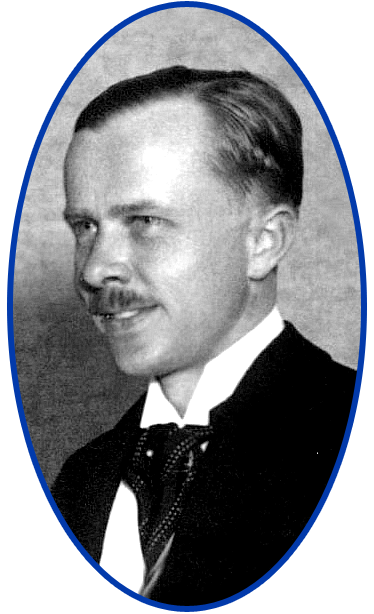
Gyula III (1895-1987), is my father. On the surface, his life was simple and straight forward, shell we say, straight as an arrow. He was born in Temesvar, and after completing his studies in law in Budapest he followed his brother Dezső and joined the Ministry of Internal Affairs where he was assigned as an assistant to count Károlyi József, the Chief Executive ("főispán") of the administrative region of "Fejér vármegye". Although the 1919 Communist reign briefly disrupted his career, he remained at the Ministry of Internal Affairs in Budapest for the next 25 years. After World War II he was dismissed and permanently blacklisted by the resurgent Communists and from that time on until his retirement he had to work in menial jobs.
Count Károlyi József, the "főispán", came from one of Hungary's historic aristocratic famies who lived up to the highest standard of the idea of "noblesse oblige" . He became my father's mentor and lifelong friend. The count died fairly young, but the tie with his family remained and survived the vicissitudes of the 20th century. In 1944, during the Nazi occupation of Hungary, the widowed countess was the target of the Nazis for her anti-Nazi activities and realizing the life threatening danger, my father produced false documents for her and invited her to hide out with us in our summer cottage.
After war, the countess and her family emigrated to Paris because aristocratic families lost their livelihood and became target of persecution by the Communists. The contact with the emigrated Karolyi family was maintained by correspondence through her grandson Gyorgyeven after the countess' death. When the communist travel restriction eased, upon my father's encouragement, György ventured back to introduce his family to the country of his birth and to the Károlyi's abandoned mansion. Their first, historic visit was a major event of my father's final years, marked by a dinner in our home.
During the early visits the Károlyi family was our guest in Bethlen Udvar. When the political climate permitted, György began the arduous task of renovating the neglected Karolyi mansion, and after years of hard work the mansion regained its old glory. To mark the event, I invited the Károlyi's to share a dinner with members of the wider Kovacsics family in the dining hall of the mansion, overlooking the courtyard, an event that was followed by a harp concert in the chapel by a young member of our family. This most unusual friendship that survived the World War, the ravages of communism, the inevitable dislocation of emigration, would not have been possible without of my father's visionary outlook on life. I look back on all this as a unique legacy of my father.
My father instilled in me a respectful curiosity for our predecessors, which is a guiding principle of this homepage. In that sense he helped me in the creation of this work, and I am grateful for that. He produced a family tree of portraits shown below, my mothers side the Kondor dfamily on the left, the Kovacsics family on the right.
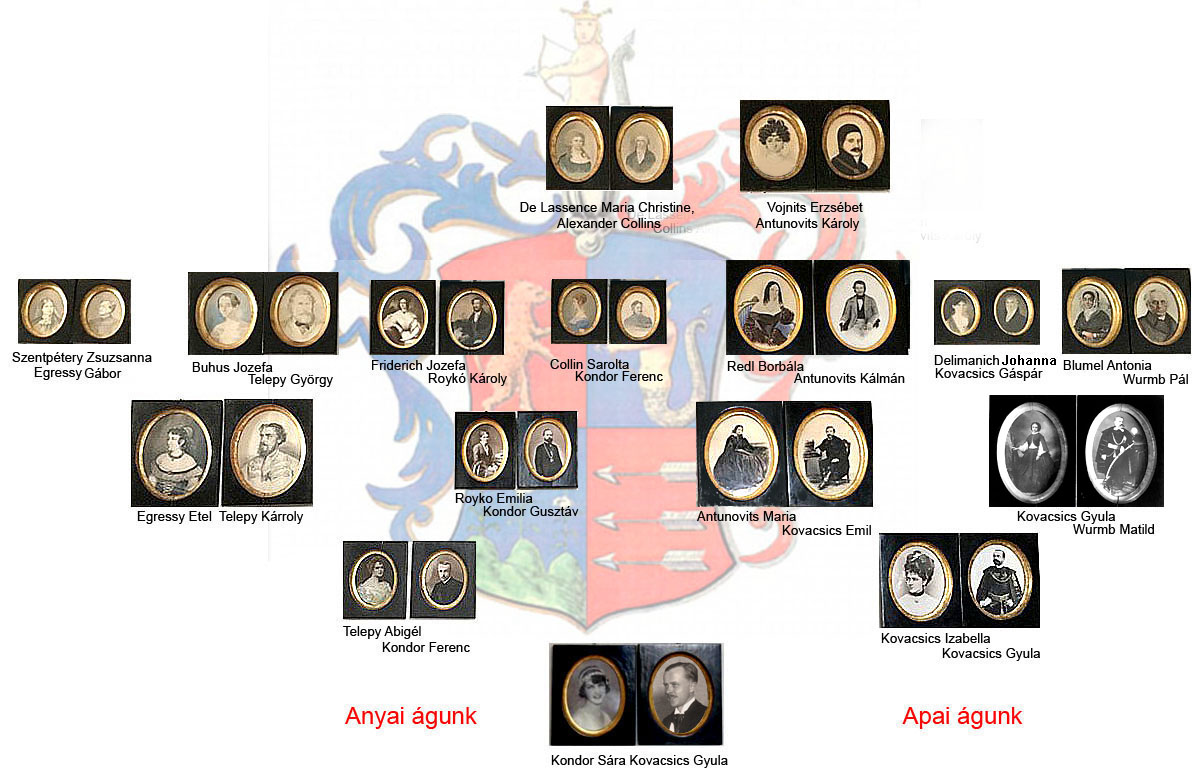
My father was an enthusiastic researcher of our family tree that includes extensive research of my mothers side as well. On my mothers side, on the upper left corner is Egressy Gabor, a founding member of the Hungarian National Theater, whose brother, Egressy Beni composed the Szozat, Hungarys national song, secondonly only to the National Anthem.
Below my parents would be my sister Zsusa, myself (Gyula IV) and my brother Gaspar.
My daughter, Jennifer born in 1966 in the United States, and English is her mother tongue, but she learned his father tongue also, spending over a year in Budapest studying Hungarian. She is a graduate of the Rhode Island Scool of Design.
.My son Stephen,born in 197O, was born with a strong desire to see as much of the world as possible, traveled around the world as soon as he could earn enough money to travel arouind the world,which he completed before he was 2O years old. No surprise that he joined the US diplomatic core and had assignment in a half a dozen countries.
Stephen,s wife Hizuru and daughters Reika and Marika are in traditional Japanese dress for this occasion.
The artistic leaning Édesanyám, Kondor Sára, The artistic leaning is obvious in her side. My mother's great grand father was Egressy Gabor, a founding member of the National Theater, his wife, Szentpetery Zsuzsanna, his son Akos were also members of the National Theater, his son in law Telepy Karoly was a noted painter, whose father, Telepy Gyorgy, was also an actor. The opening play in the new National Theater was "Belizar" where Egressy Gabor, Szentpetery Zsuzsnna, his brother Szentpetery Zsigmond and Telepy Gyorgy all appeared.
Egressy Gabor's brother, Egressy Beni, who composed the music to Vorosmarty's poem the "Szozat" that became a nationaql song second only to the National Anthem.
My father and the count Karolyi family. My father's career in public service started as an administrative assistant to count Jozsef Karolyi, the Chief (föispan) of a territorial subdivision of the Kingdom of Hungary. Working with count Karolyi became a defining experience for my father for him Karolyi was the best example of the historic aristocracy true to the best ideals of patriotism who held him the idea of "nobless oblige"
The ties to the Karolyi family remained strong and lasting during the vicissitudes of the times. During the Summer of 1944 the Nazis wanted to arrest the widowed countess for her anti-Nazi activities. She had to go into hiding to avoid arrest. Realizing the seriousness of her situation my father invited her to hide at our summer cottage at considerable risk to his safety. Later on he produced false identification papers for her in case she was discovered.
After the Nazi threat abated, Hungary was taken over by the communists all of the Karolyi properties were confiscated and the Karolyi family was leftpenniless and without a chance to earna living,so they emigrated to France. My fatherand the Karolyi family kept in in touch by correspondence and after the death of the countess her teenaged grandson continued to keepin touch. When thecommunist power of the communist regime weekenedand travel to country fromthe West becamepossible, upon my father1s encourageement the grandson Gyorgy returned to Hungary for a visit and to show them the ancestral Karolyi mansion which was in sad condition. The visit turned into a new beginningin and after years of hard work and the communist system gone, the mansion is nowin its old glora. To celebrate,in 2O11we had a family reunion in the Karolyi mansion together with with Gyorgy and his wife.
The reborn Karolyi mansion in 2911
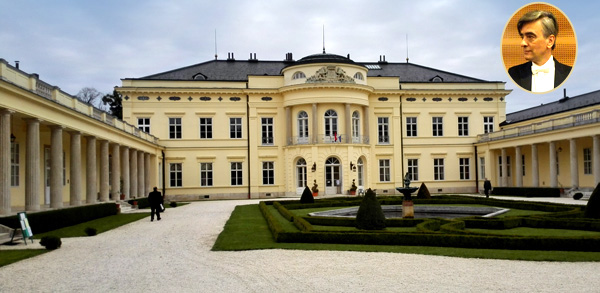
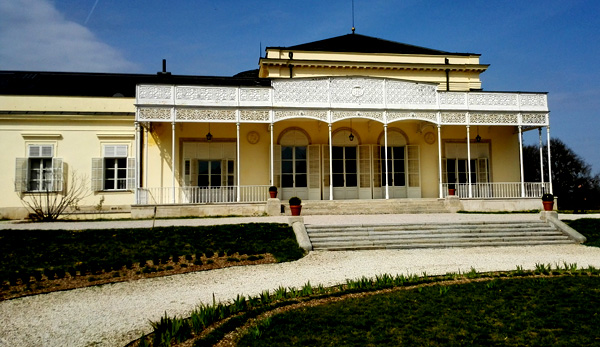
György 2015-ben visszatért Franciaországba, mint Magyarország párizsi és monakói követe.
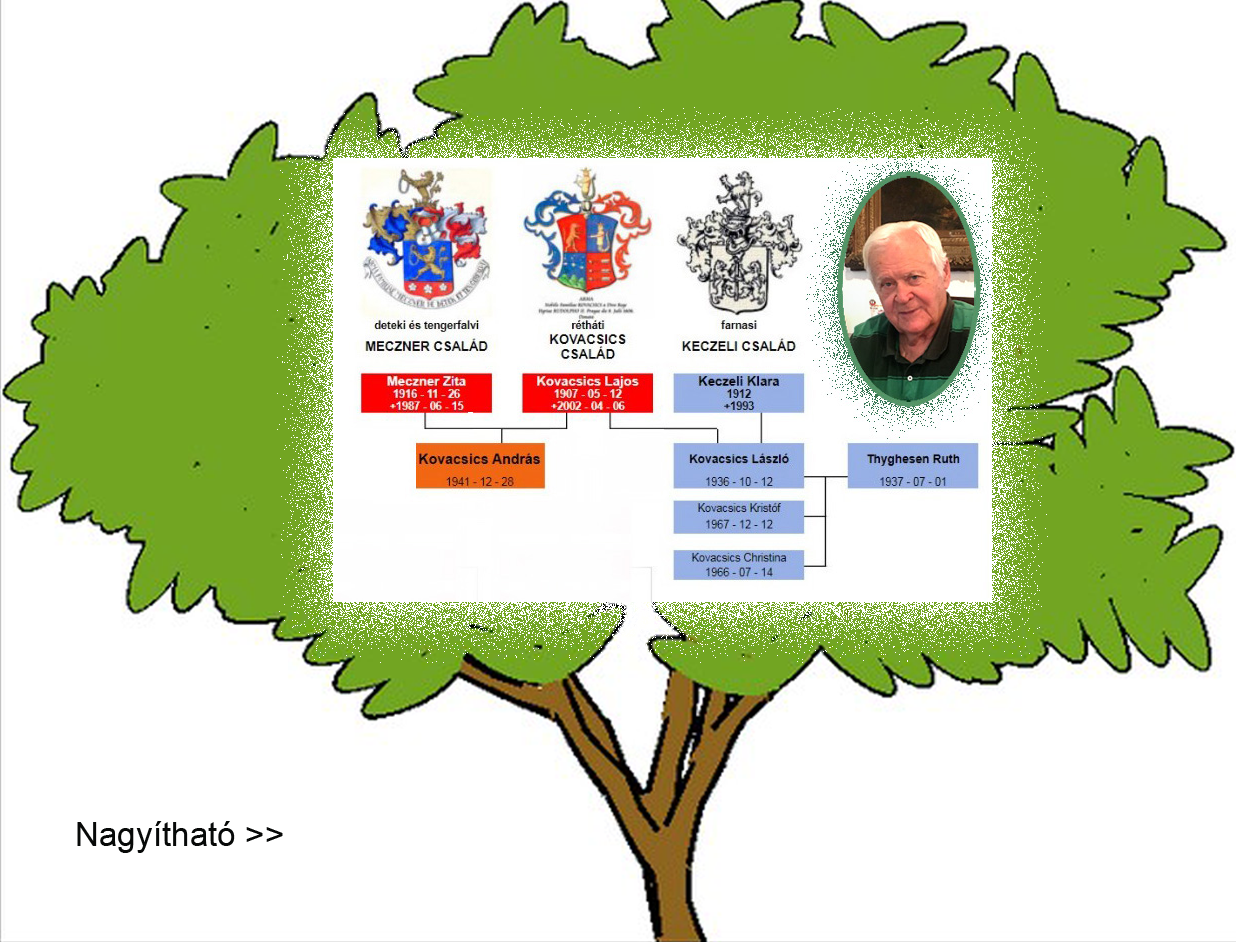
My grandfather Keczeli was appointed to the county office in Fehérvar as the chief notary of the county after he moved to Hungary from Transylvania in 1920. In Transylvania, he was the chief bailiff of Szolnok, Doboka County.
The plan was that if the Soviets occupied Hungary, the government would be moved to Bayreuth in Germany. The ministry planned a special train. Unfortunately, events accelerated and there was no time left, so they had to suddenly flee. They sent a bus from Budapest to Surány to pick us up, and we took it to Bozsok, where we picked up my mother and her husband, Dr. István Horvath, and the former deputy county governor of Fejér County, Józsi Havranek Baci with his family.
Öcsi adds that an interesting parallel is that when my brother László fled Hungary to escape the Soviets, we also fled from Érsekújvár, but back to Hungary. Our common father, Lajos Kovacsics Kovacsics, was sent to Érsekújvár by the Hungarian National Bank, and there we were given a very high-quality civilian apartment, where we lived as a kind of a living until the Russian occupation. We made the journey in a horse-drawn carriage, and my father drove the horses with as much stuff as the carriage could carry. We also slept in a barn on the way - Dad, Mum, Ági and me. My biggest heartache as a 3 year old child was that my favourite wooden trailer truck was left behind. Whenever he could, my father went back to Érsekújvár, but our apartment was already occupied by others, no apartment, no wooden car!
According to Berci's recollection, those who moved directly around Szálasi and lived under the full influence of propaganda saw the world of Sagittarius differently from those of us who lived in the cellars of Budapest during the fifty-some days of the siege of the capital. This was when the Sagittarian reign of terror really came.
The armed forces took innocent people to the quay, children with old people, lined them up naked on the quay, and then came the shooting. The victims, some silent, others screaming, some dead, others still alive, fell into the Danube, where the rushing tide quickly swallowed them up. The gunmen then turned and went their separate ways. The Sagittarius Armada did little better than this during the siege.
Our house, at the foot of the Buda Castle, in the Taban, was under fire during the whole siege. We lived in the cellar all the time, the enterprising ones carried the toilet buckets to the front of the house, the braver ones went to the nearby Rác baths for water, door to door, after having sniffed out when the cease-fire was likely to end. These expeditions, men and women alike, went through the Taban Park to the Rae Baths, through the ever thickening bomb craters, avoiding dead soldiers with reverence, After a month of siege, the food began to run out, and my mother served the first broth made from frozen horses - dead from shrapnel. There were a lot of frozen horses on the streets, people started cutting up horses, that was the meat on the menus. I would have eaten more horse meat, but I got what was then called Ukrainian diarrhoea, I don't know why. Instead of eating, I just had diarrhoea and slowly but surely I lost weight. Towards the end of the siege I could hardly climb out of the cellar, but miraculously I recovered. My parents had known for a long time that the war was lost, they didn't believe in miracle weapons, they thought it was just propaganda, that there was something behind the slogan 'Persevere'. My parents thought it would have been better if beautiful Budapest had been handed over untouched, without corpses or ruins, like Paris and Rome and Athens. But fate had no mercy on us, and Budapest became a heap of ruins.
After the First World War, during the reign of terror of Bela Kun, Tibor Szamuely and others, some people plotted against them. Among others, a group was betrayed by József Szörcsei, Dezső Kovacsics, Gábor Bajcsy-Zsilinszky and Endre, the caretaker, where they met. They were caught and locked in the basement of the Parliament for later execution. Fortunately, acquaintances had been informed and they turned to the leader of the Entente, Italian Colonel Romanelli, who intervened to free them. József Szörcsei was my grandfather's cousin. After my grandparents came from Transylvania to Hungary, to Balatonalmadi, where they had a summer villa, József Szörcsei (Jóska Bácsi) visited Almadi several times with Bácsső Dezső and Édesapádád, with whom my grandfather became friends. It was around this time that Count József Károlyi and your father visited the King in exile on the island of Madeira.
When my father was transferred to Székesfehérvár by the Hungarian National Bank, he took out a loan with us, and he made my mother swear that I was born of this marriage. After a short time together, my mother was still pregnant with me, and my father was already travelling up to Pest on weekends to paddle on the Danube and to enjoy who knows what other pastimes. This lackadaisical behaviour was not tolerated by my mother and they eventually divorced.
I remember our common father, my brother László, who was all about rowing, and - after the weaker sex - even at the age of 90, he continued to play the sport as long as his body could stand it. He had a boat at the May 1 boathouse on the banks of the river Rome, where he went out every day and rowed 10-12 km a day.
My sister Ági and I had been going rowing with him since I was 9 years old, then from the Hungarian National Bank's sports centre. One photo from that time, a three-pair rowing, we were in a so-called triplet. It is worth seeing how parallel our paddles are before catching water (Öcsi's comment)
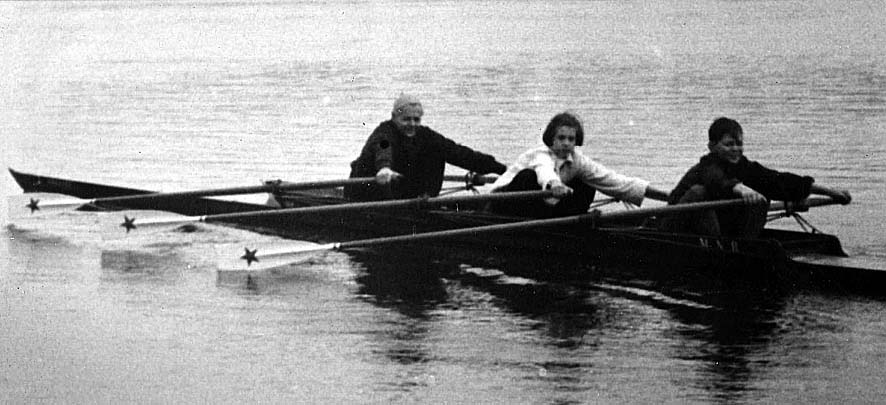
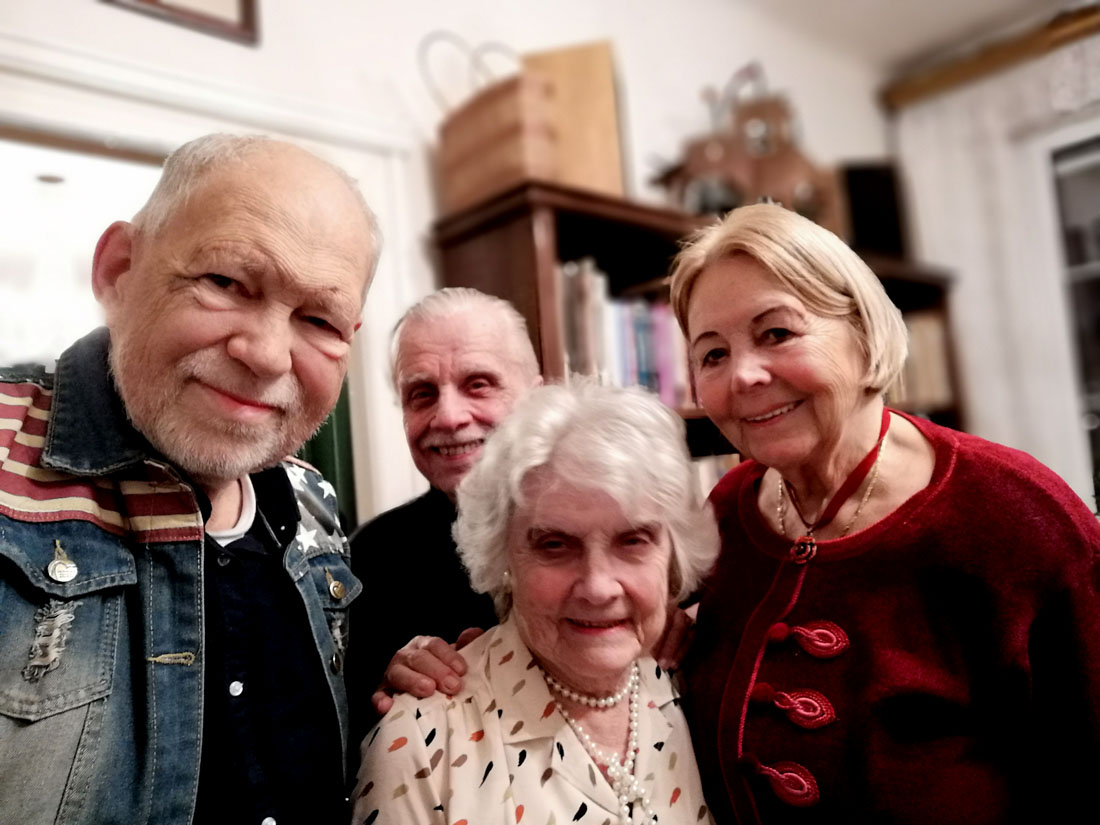
András Kovacsics - Berci Kovacsics - Zsuzsa Kovacsics - Ágnes Kovacsics
to top of base |
|---|

